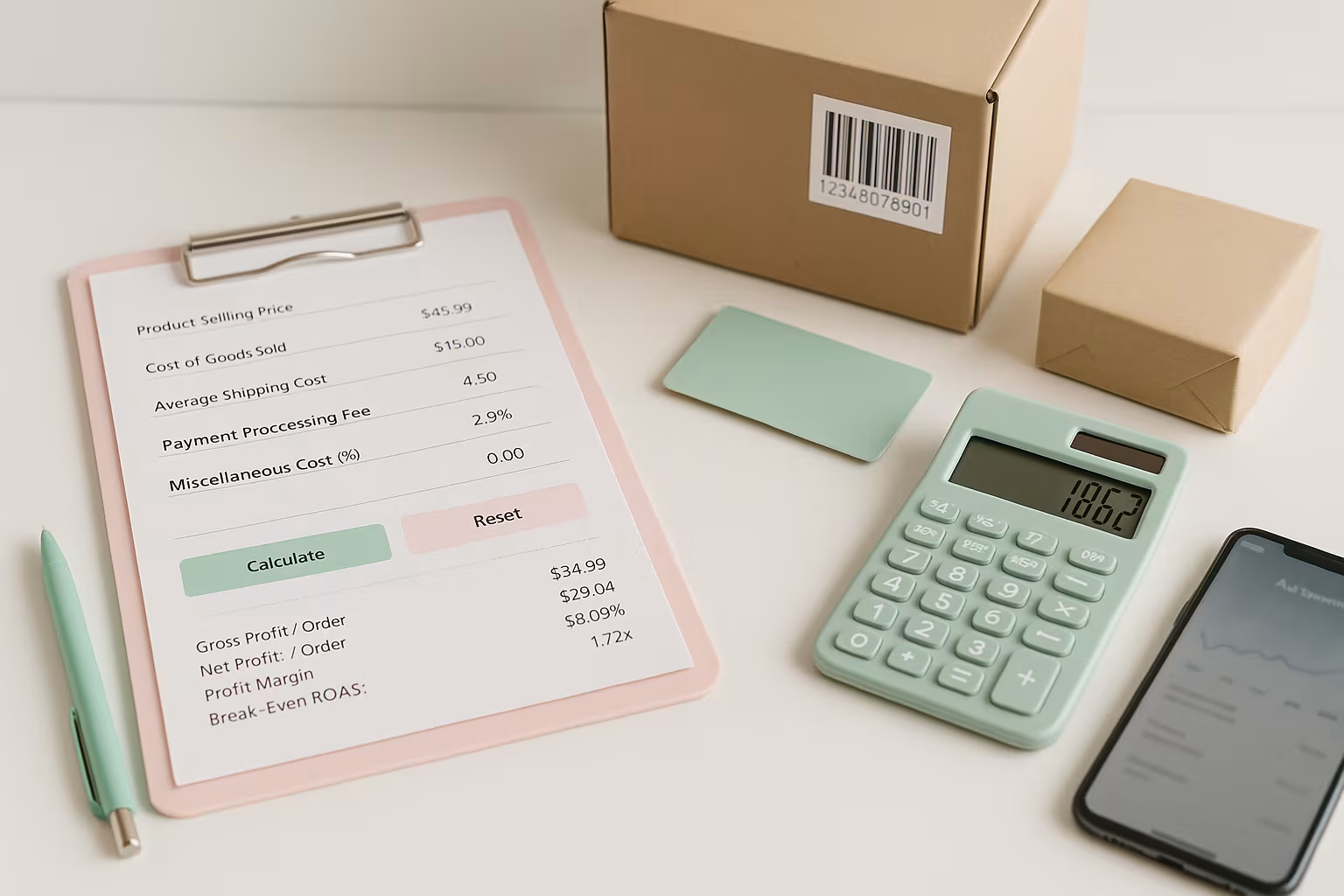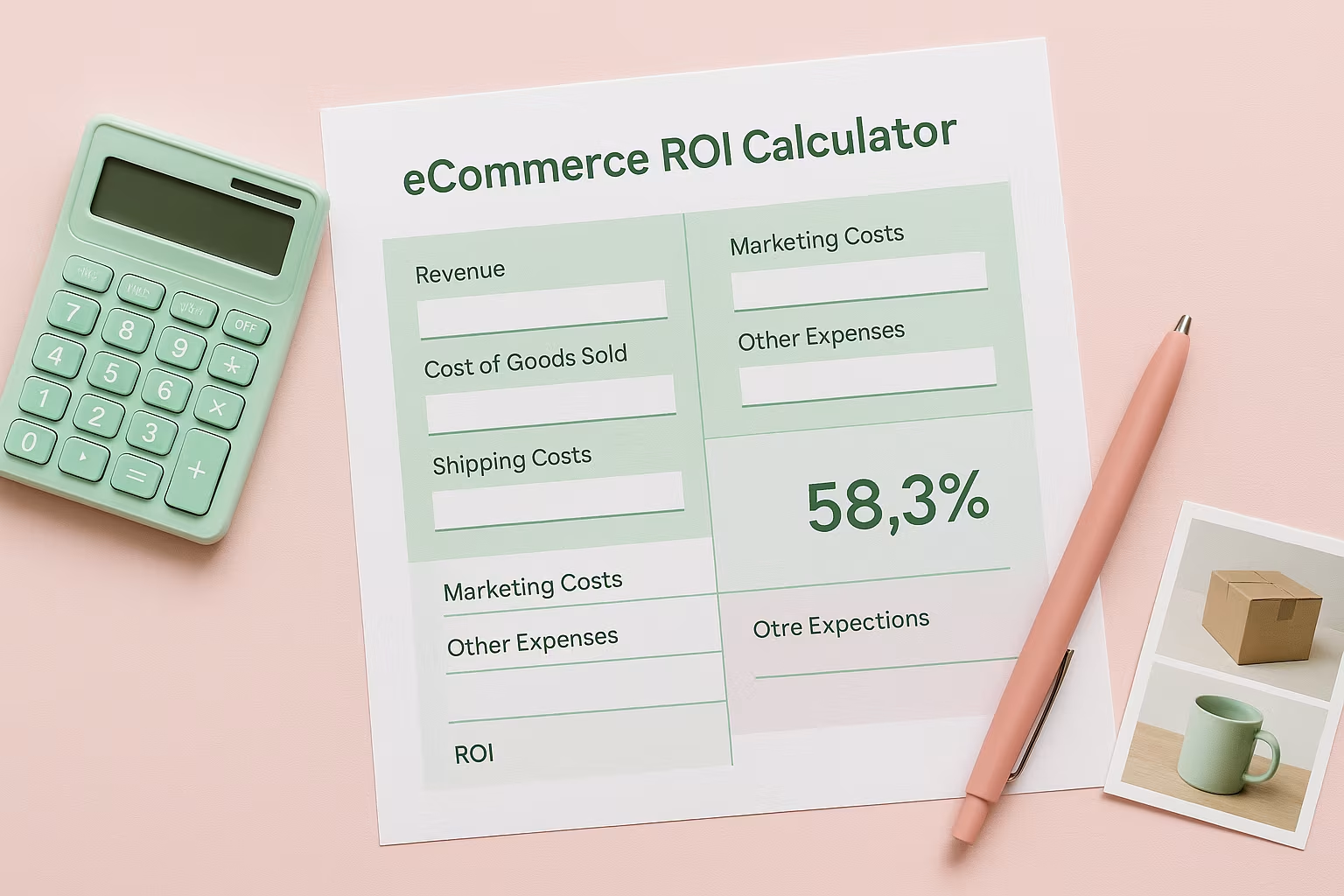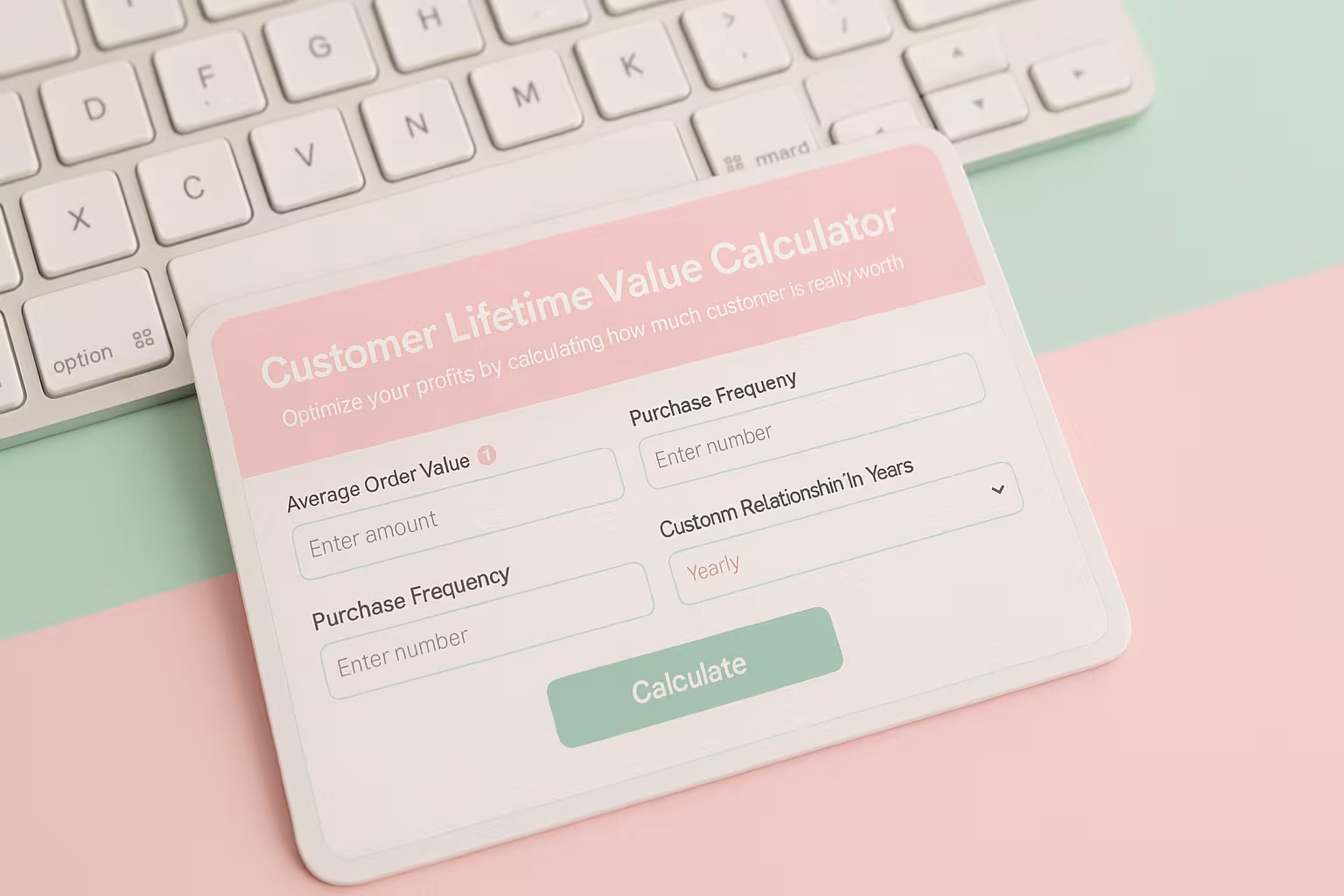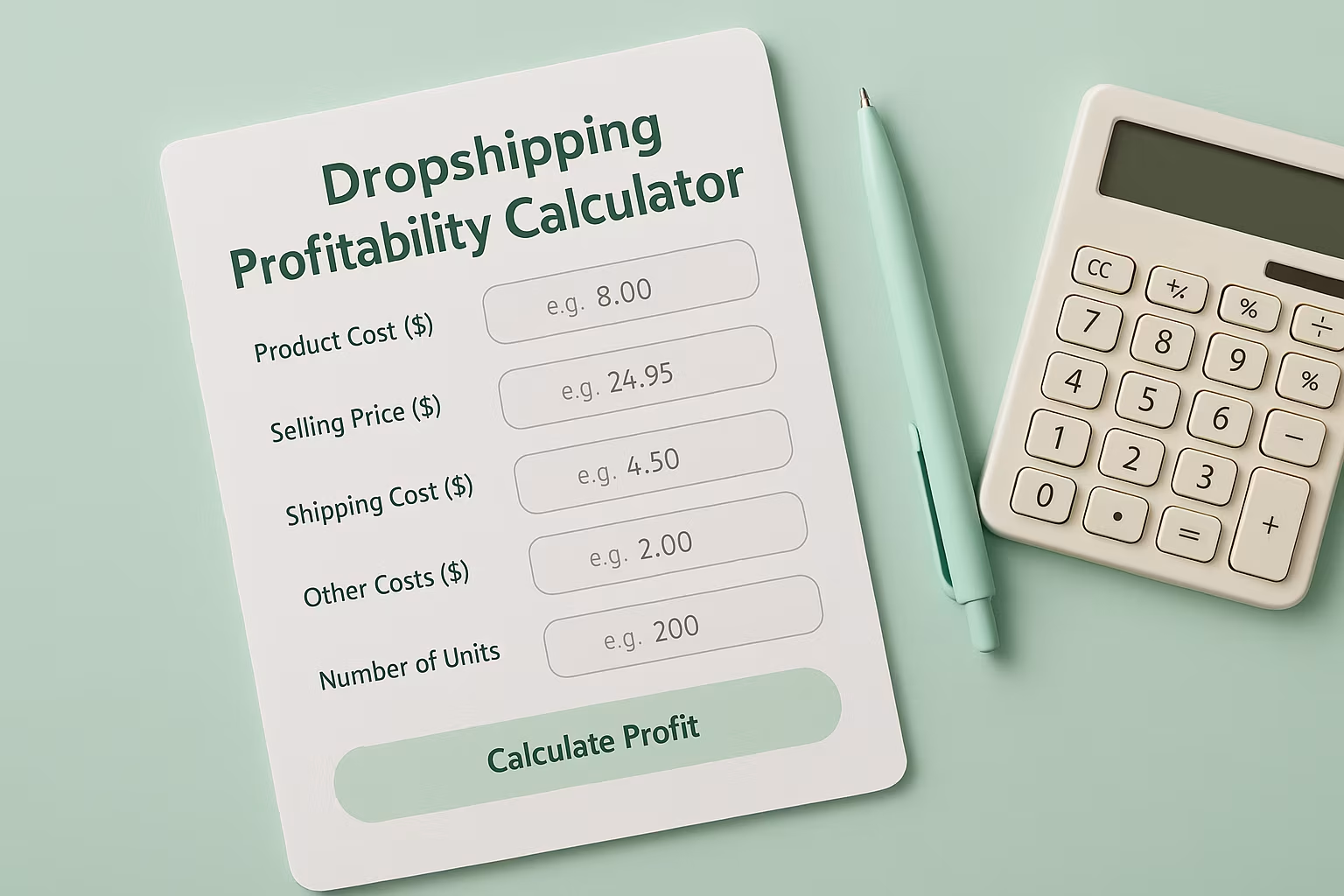How To Make Money On Amazon With and Without Selling Physical Products
.avif)
Making money on Amazon isn’t just about selling physical products anymore—there are tons of opportunities to create a steady stream of income, even if you’ve never sold anything before! Whether it’s publishing eBooks, tapping into affiliate marketing, or dropshipping, Amazon offers multiple ways to suit your skills and interests.
Just like starting any business, Amazon will not be a quick path to riches and you have to be prepared that success takes time. Consistency, constant learning, and adaptability are key.
Every step—from product research to optimizing listings—requires effort and refinement. It’s about building a system that grows over time, with careful planning and the right tools. Patience, testing, and improving are essential to seeing sustainable results, whether you're aiming for passive income or scaling a larger Amazon business.
Exploring Amazon’s ecosystem: Where creativity meets opportunity
Beyond selling, Amazon offers a variety of ways to grow. For instance, creating your own brand with private label supplements or private label skincare allows you to build something unique while having control over your product line. Products like private label coffee are also popular and let you tap into niche markets.
Amazon isn’t just for independent sellers—it's a versatile platform where you can build multiple income streams, whether through selling products or leveraging influence.
For example, the Amazon Influencer Program is perfect for those with an established social media following, allowing you to recommend products and earn commissions. Collaborating with reliable suppliers ensures smooth operations while exploring new product categories can help you stay innovative.
It’s not just about selling, though. You can even offer free products in exchange for reviews or feedback, boosting visibility. Amazon’s vast marketplace is filled with tools to help you manage your business, optimize search results, and ultimately make more money.
From sourcing the right product ideas to partnering with third-party sellers, Amazon allows you to adapt and scale with ease. By blending creativity with strategy, you can discover the best business model that fits your strengths and goals, helping you turn your ideas into a profitable venture.
Remember, it's all about finding your niche, staying consistent, and continually refining your approach. Amazon’s ecosystem gives you the flexibility to grow, whether you’re starting small or aiming for a larger scale.
How to make money on Amazon by selling physical products
Fulfillment by Amazon (FBA)
Fulfillment by Amazon (FBA) is a stress-free way to sell products while letting Amazon handle all the logistics, including storage, shipping, and customer service. FBA allows you to send your products to Amazon’s warehouses, and once an order comes in, Amazon does the rest.
Margins can be tight, so it’s critical to optimize your supply chain and ensure your products have both a demand and room for profit. Don't forget to track storage fees and make sure your products are selling quickly enough to avoid long-term storage fees.
Scale up your dropshipping business on Amazon
Dropshipping allows you to sell products without holding inventory. When a customer orders, your supplier ships the product directly to them. It’s a low-risk way to sell on Amazon with no upfront inventory costs.
When starting out, vet your suppliers carefully to avoid long shipping times or product quality issues. It’s better to have a few reliable suppliers than many unpredictable ones.
Retail arbitrage and online arbitrage
Both retail arbitrage and online arbitrage are popular ways to buy discounted products from retail stores or online platforms like Walmart and resell them on Amazon for a profit.
Keep an eye out for discounted products and clearance sales to maximize your profit margins. Arbitrage is all about timing—knowing when and where to source products can be the key to success.
When diving into online or retail arbitrage, choosing products you have expertise in can give you an edge. For instance, if you’re knowledgeable about special edition watches or collectible sneakers, you’ll be able to spot rare items and ensure authenticity.
Other good categories include exclusive tech gadgets, limited-run toys, or vintage items, where your background can help you identify genuine deals. The investment can range from $500 to several thousand, depending on your niche, and it’s important to be prepared for upfront costs like shipping, Amazon fees, and storage.
Boosting sales with optimized product listings
Your product listings are the digital storefronts that can make or break your sales. To succeed, you need optimized, attractive listings. High-quality photos, concise descriptions, and SEO-optimized titles and bullet points will help your products get discovered on Amazon.
Getting Amazon reviews early is crucial. Offering incentives like early-bird discounts or reaching out to previous customers for reviews can give your listing the boost it needs to gain traction.
How to make money on Amazon without selling physical products
Amazon's affiliate marketing program
If you don’t want to deal with physical products, Amazon’s affiliate marketing program (Amazon Associates) is a great way to earn. You can promote products through your blog, social media, or YouTube channel, and earn a commission when someone buys through your affiliate links.
High-ticket items like cameras or appliances generate larger commissions. Keep in mind that affiliate marketing takes time to build traffic and a following, so consistency is key.
Create detailed, product-specific articles to attract the right audience. Use high-volume, low-competition keywords to boost your search results rankings.
Starting your own affiliate blog
Running an affiliate blog is a powerful way to generate passive income. Choose a niche, such as fitness or home decor, and create articles around popular products in that space. Tools like SpyFu can help you find the right keywords and products to promote.
Consistency is key here—post regularly, and aim for high-quality content that builds trust with your audience. Over time, as your blog gains authority, you’ll start seeing organic traffic and commissions increase.
Creating content with the help of AI
Using AI-generated content is a growing strategy to enhance affiliate marketing efforts. AI tools like ChatGPT, can help you create articles efficiently, but to get the best results, it's essential to refine AI-generated content with your personal insights and expertise. AI alone can feel generic, so don’t forget to add your own touch.
Steps for success:
- Find in-demand keywords: Use tools like SpyFu to target profitable keywords with high search volume and low competition.
- Select relevant products: Choose high-ticket items from Amazon's Best Sellers list.
- Generate content with AI: Use AI to create drafts, but refine the article with your expertise to make it valuable and engaging.
- Publish on multiple platforms: Expand your reach by publishing on your blog and platforms like Vocal and Medium for extra traffic.
Kindle Direct Publishing (KDP): Your e-book goldmine
Kindle Direct Publishing (KDP) is another way to earn money without dealing with physical inventory. By self-publishing eBooks or audiobooks, you can reach millions of readers through Amazon’s platform. Focus on specific niches to stand out, and promote your book through established social media or paid ads.
Merch by Amazon: Monetizing your creativity
If design is your strength, Merch by Amazon allows you to sell custom t-shirts, mugs, and more without managing inventory. Upload your designs, and Amazon takes care of printing and shipping, while you earn royalties.
Keep in mind that originality sells! It's key when creating merchandise, especially if you're monetizing an audience. If you already have an established following, designing merch under your own name can be highly effective.
However, if you're starting without an audience, niche specificity is crucial. For example, instead of targeting broad categories like "pet lovers," focus on subgroups like Dalmatian or French Bulldog owners, highlighting unique breed traits.
Similarly, for musicians, you could create drummer or singer-specific designs featuring inside jokes or puns that resonate deeply with that particular community. The more tailored your designs are, the more likely they’ll attract loyal buyers.
Earn with Amazon Mechanical Turk (MTurk)
For flexible, small tasks, Amazon Mechanical Turk (MTurk) is a platform that allows you to earn by completing tasks like data entry or content moderation.
The key to maximizing your earnings is focusing on high-paying tasks and grouping similar ones together for better efficiency. Think of it like a mini-side hustle where organizing your time pays off. Instead of jumping from one random task to another, tackle batches of tasks in one go, making it feel more productive. It’s a great way to earn a little extra cash during your downtime!
Wrapping it up
Success on Amazon doesn't happen overnight, but with persistence, you can create a sustainable income. Whether through selling products with FBA, affiliate marketing, or self-publishing on KDP, consistent effort and adaptability are essential.
Keep refining your strategies, leveraging tools like AI and keyword research, and over time, you’ll build a thriving income stream that suits your goals. Stick with it, and Amazon's vast ecosystem can become a powerful tool for long-term success!
FAQ
Selling products with your own brand on Amazon gives you full control over your product line, from design to pricing. This process, known as private labeling, can help you make money on Amazon while building a loyal customer base. Plus, you can scale faster and achieve passive income as your brand grows.
Retail arbitrage is similar to online arbitrage, but instead of sourcing from websites, you’re buying from physical stores like Walmart or Target and reselling the items on Amazon. Both methods allow you to make money on Amazon, but retail arbitrage gives you the edge when it comes to in-store money-saving clearance deals that aren’t always available online.
By sourcing from physical stores, you can find clearance or exclusive in-store deals that allow you to save money and increase your profit margin when reselling on Amazon. These in-person bargains can help you make money selling to a larger Amazon audience.
Yes! Online arbitrage is a popular way to make money on Amazon by buying discounted products from online retailers like eBay, Walmart, and Target, and reselling them at a profit. By doing thorough research (using tools like AMZScout), you can save money on great deals and turn those products into income with no need for an upfront investment. It’s an efficient method for earning money without creating your own products.
Yes! Amazon Merch allows designers to upload custom graphics that get printed on products like shirts, with Amazon handling the rest. You make money through royalties every time your design is sold, without the need to manage inventory or shipping, making it an excellent way to earn passive income.
Amazon MTurk offers flexible earning opportunities by completing micro-tasks, such as data entry or content moderation. While this isn’t completely passive income, it’s a simple way to earn money with a flexible schedule.
Related blogs

Break-Even ROAS Calculator: Find Out What You Can Afford to Spend on Ads

Ecommerce ROI Calculator: Scale Your Store

Customer Lifetime Value Calculator: Unlock Your E-commerce Revenue Potential


